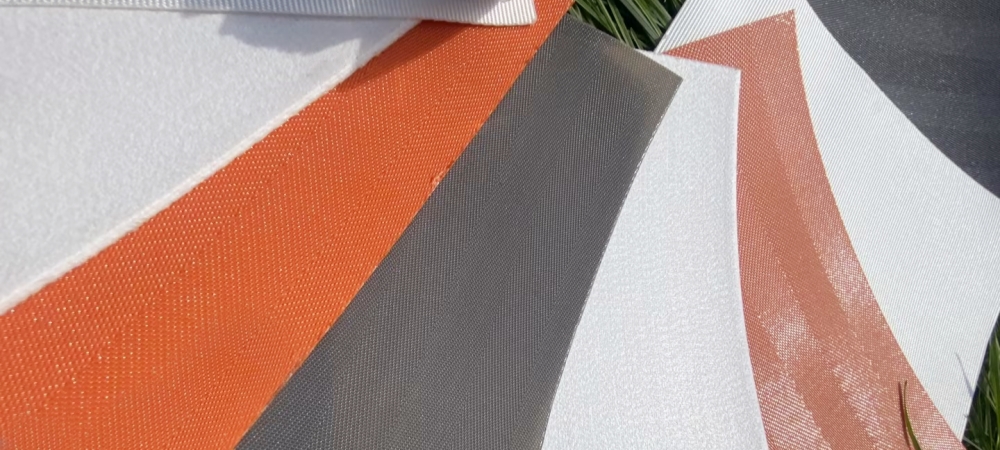
The selection of industrial filter cloth always begins with one core factor—material characteristics. Differences in particle size, chemical properties, viscosity, and temperature directly influence the choice of filter cloth material, structural design, and service life. Industrial filter cloths come in various types, including monofilament, multifilament, double-layer designs, and needle felt media. Each offers unique advantages under specific working conditions. Therefore, matching the filter cloth to the material characteristics is essential for maintaining stable filtration efficiency and smooth equipment operation.

(1) Particle Size and Distribution
Particle size and distribution are fundamental considerations. For fine and uniformly distributed particles, a smaller pore size and denser weave are necessary to ensure effective filtration. For larger or irregular particles, a slightly larger pore size can be used to maintain filtration performance while reducing flow resistance.
(2) Material Abrasiveness
If the material contains hard or abrasive particles, a filter cloth with higher wear resistance should be selected to minimize performance loss caused by abrasion.
(1) Acidity and Alkalinity
In strong acid or strong alkali environments, chemically stable synthetic fibers such as polypropylene (PP) or polyester (PET) should be used. If the material contains organic solvents, the solvent resistance of the chosen material must be confirmed.
(2) Solvent Resistance
For materials containing organic solvents, it is essential to use filter cloths with reliable solvent resistance to prevent rapid degradation or failure caused by chemical attack.
(1) Viscosity and Solid Content
High-viscosity or high-solid-content materials tend to form dense filter cakes, requiring higher permeability. In such conditions, smooth monofilament fabrics with non-adhesive surfaces are recommended to reduce cake buildup and improve cleaning efficiency.
(2) Material Temperature
For high-temperature materials, filter cloths with suitable heat resistance must be selected to prevent deformation, aging, or strength loss during long-term thermal exposure.
The selection of industrial filter cloth depends on material characteristics and operational requirements. By accurately matching particle size, chemical properties, viscosity, and temperature can you ensure stable filtration performance, longer service life, and lower operating costs.